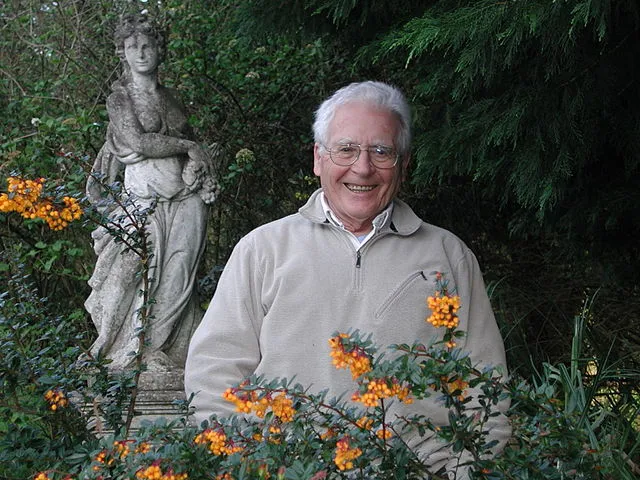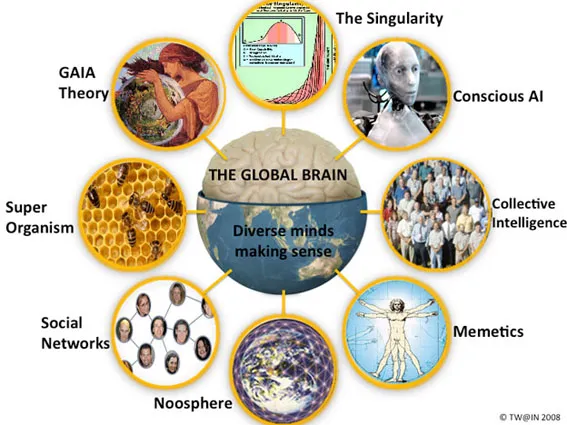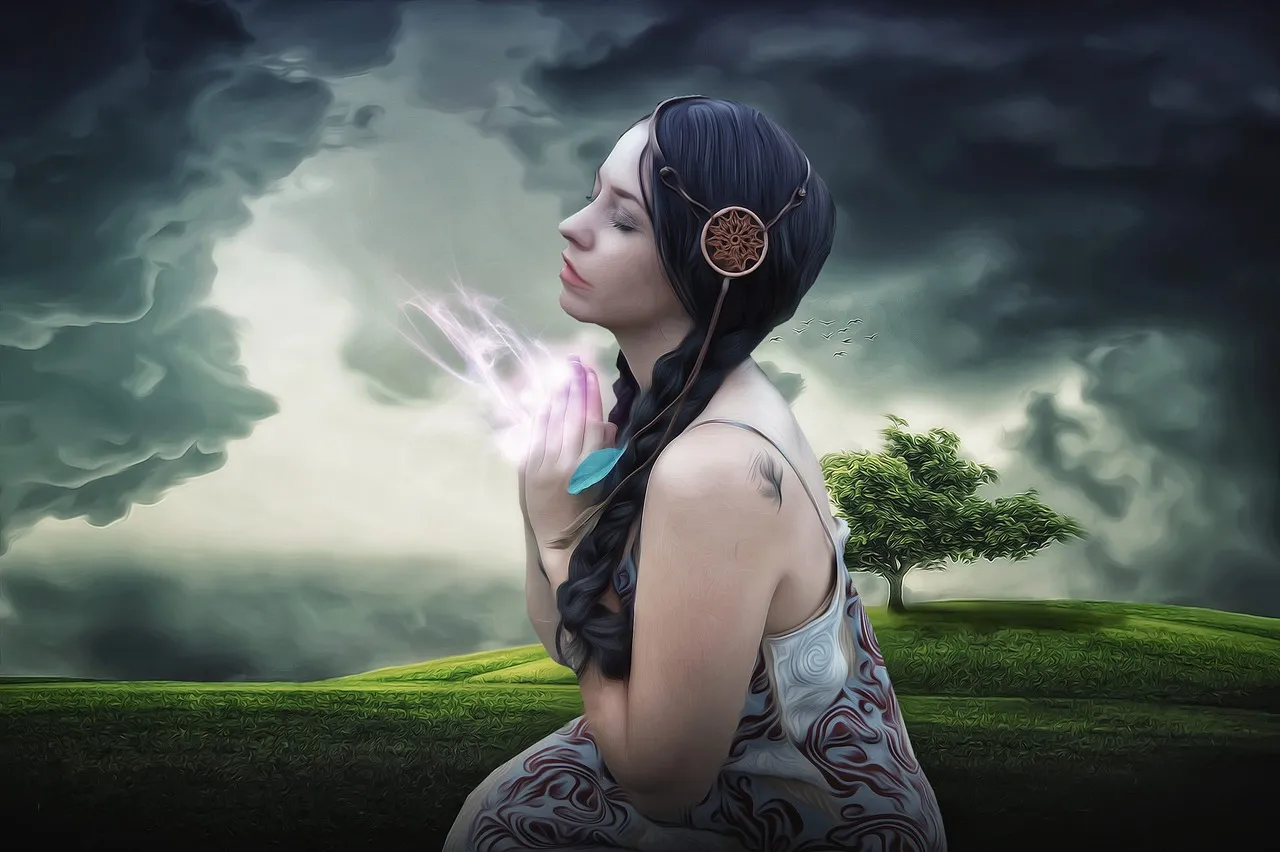Hello everyone, after being away for a long time due to my father's illness, on this occasion I want to share with each one of you this very controversial topic about our home, the earth. And it is that our world never ceases to amaze us, its incredible functioning make it a quite complex system and with a certain level of organization.
Our planet was for a long time considered as an inanimate entity, composed of rocks and water, in which living beings simply inhabited and from whose resources they made use. But that idea has begun to change.
Until the mid-1960s, conventional science would have found the idea of the earth as an organism ridiculous. It is evident that a planet has no conscience and can not make decisions.
Although Piotr Kropotkin Russian naturalist, had spoken of the ability of cooperation between animals and plants. For Western scientists it was clear that in nature there was too much competition and conflict to think that it resembled the harmonious order that occurs in a living organism. However, mathematicians, physicists and other scientists began to develop the idea of "self - organized" systems, phenomena in which the interaction of the elements of which they are composed generate a higher order without the need for a previous plan. Some examples are the formation of crystals, the arrangement of leaves in plants and even the behavior of the economy.

Could the earth be a self - organized system?
In 1961 NASA hired the scientist James Lovelock to study the possibilities of life on the planet Mars, analyzing the gases of its atmosphere found that they were in perfect balance, there were no possible chemical reactions between them. In contrast he saw that the atmosphere of the earth had a mixture of gases, which allows them to be constantly reacting to each other, even so the proportions of the gases remain more or less constant and even more surprising, it was known that since the origin of the earth The Sun had increased its temperature by 25%, however for 4 billion years the temperature of the Earth's surface had remained constant at a very comfortable level for life.
How was it possible?
It was an autumn of 1965, James Lovelock had a revelation, it could be that life was producing and regulating the atmosphere, keeping it in a constant and favorable composition for organisms, just as living beings are able to self-regulate and maintain their body temperature constant and other vital variables ... would it be the same with the temperature and salinity of the seas and other variables?
But Lovelock had no idea what organic mechanisms might be at stake. Then he met the Biologist Lynn Margulis, who was able to explain how the interactions of the various organisms that could give rise to the different atmospheric gases. Together they developed the idea of the Earth as a self - organized system, to this hypothesis they put the Name of GAIA, the primordial Greek Goddess that personifies the earth, also known as GEA. At first the other scientists laughed at them, not even the magazines Science and Nature wanted to publish their ideas, it was Carl Sagan who invited them to know their hypothesis in their magazine Icarus.
At present, the GAIA hypothesis is still discussed but enjoys greater acceptance. While the Biosphere is that thin layer on the surface of the earth and in the ocean that contains life, Gaia includes even more, at least 160 km towards the stratosphere and 160 km towards the subsoil, the system connects the inert with the living , meteorology and geology with biology and ecology. The Gaia system self-regulates through feedback loops, for example, the carbon cycle, volcanoes and animals release carbon dioxide into the atmosphere, this would increase the global temperature but this is absorbed by plants in the cycle of photosynthesis thus maintaining a temperature suitable for life.

Lovelock puts another curious example. The urine, it happens that the animals to process the proteins generate nitrogen as waste and we can expel them in many ways as gas for example. But what we actually do is to excrete it as liquid which requires wasteful water, the liquid urine contains nitrogen in the form of urea that serves as fertilizer for the plants and in turn these provide us with oxygen and food, in addition to consuming CO2 by connecting this cycle with carbon, so the multitude of interconnected cycles forms a system called GAIA. This system still unleashes controversy, the same Lynn Margulis has some criticism among them warns: "If the land is self-regulating and regenerates, many will take it as a permission to pollute and destroy, they may be right. GAIA is rude, it has survived for billions of years and it will surely recover from the excesses that we inflicted on it, but that will probably happen in a world where the human being has already become extinct "
If we want to continue being part of GAIA, we should be more careful with our behavior toward it.
- If you liked what you just read do not forget to share and support me @jlmol7
